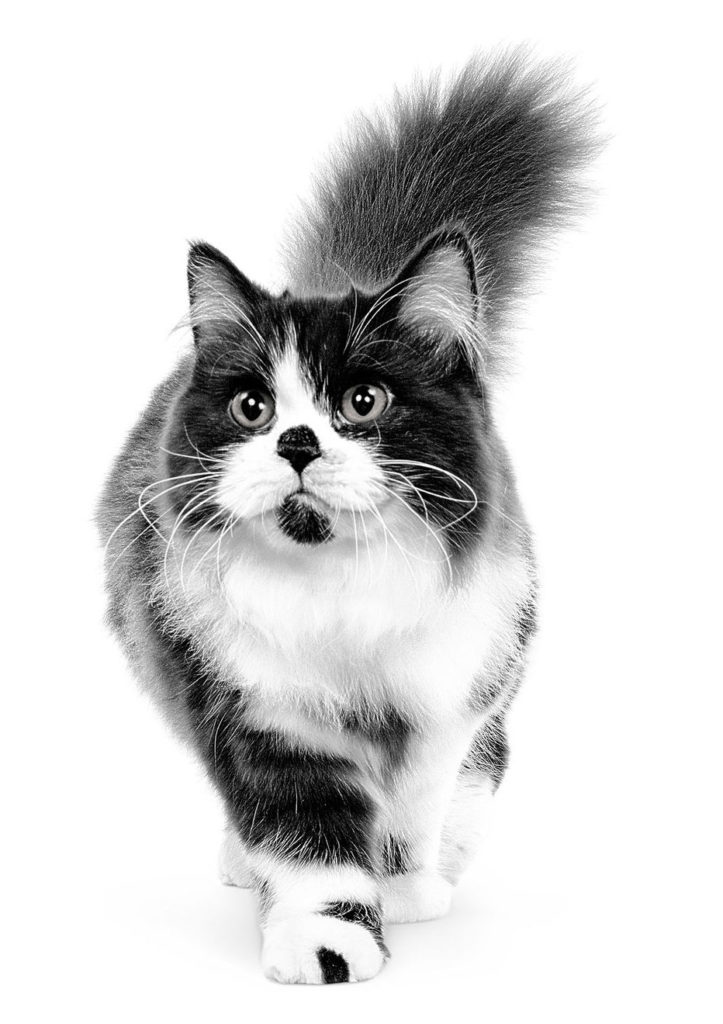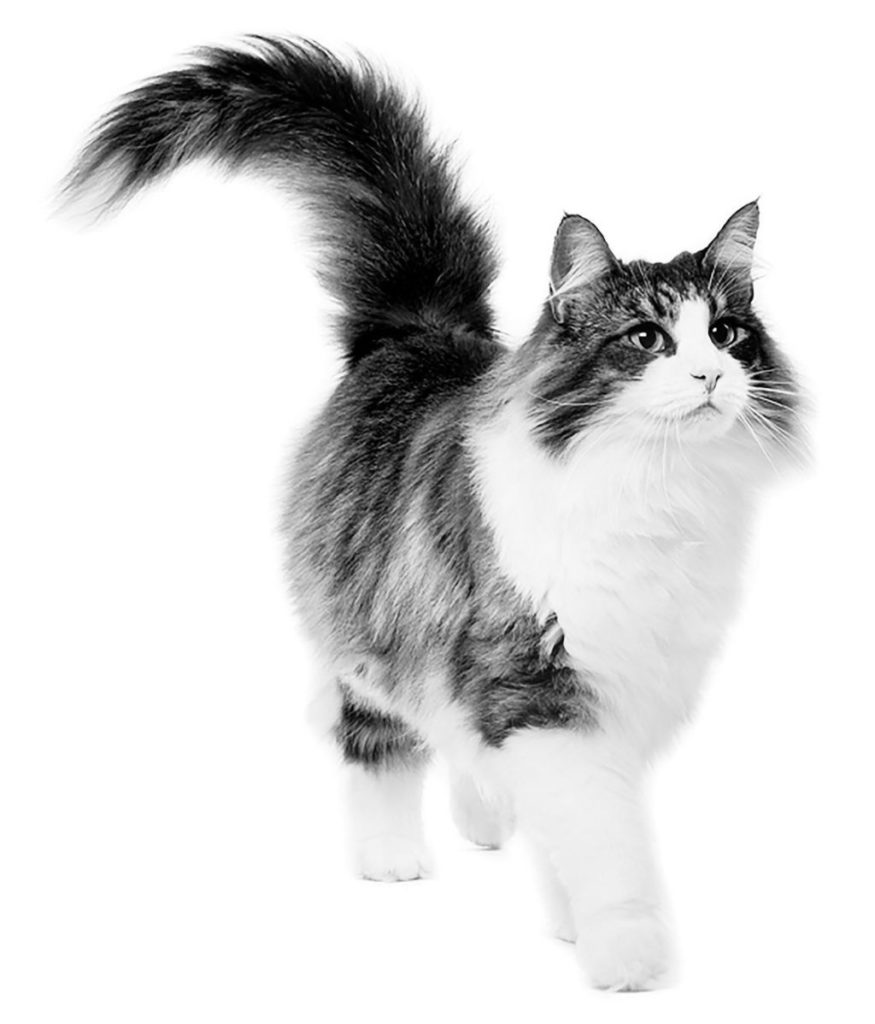 The importance of your cat’s coat health is often highly underestimated — despite it being one of the most critical factors when it comes to their overall health.
The importance of your cat’s coat health is often highly underestimated — despite it being one of the most critical factors when it comes to their overall health.
Knowing how to brush your cat and doing so regularly helps to ensure it retains a clean, silky coat – as well as getting rid of any uncomfortable knots and tangles.
Your cat will appreciate a well-kept coat, and it serves as a reflection not only of your cat’s good health, but also of the care and attention you’re giving them.
It’s also a good opportunity to check your cat over for any parasites or noticeable skin damage.
The importance of brushing
Apart from looking good, a brushed coat contains less dead hair – meaning there’s less hair available to be removed by your cat grooming itself. Because your cat’s grooming activity accounts for approximately 30% of its time, regularly brushing your cat will help to reduce the occurrence of hairballs – which can often lead to digestive issues.
It’s essential that you get your cat used to the idea of being brushed. You can do this by gradually building up grooming sessions.
Start with short gentle brushing sessions, then build up to longer sessions. You can also help them get used to being brushed by starting when they are young, and rewarding every session by having a cuddle, a game, or a treat at the end.
How often you need to groom your cat depends on its breed and coat length – read on to learn more.
Short-haired breeds
If your cat is a short hair, brushing them once a week should be sufficient.
In short and flat-haired cats (such as the Siamese or the Abyssinian), a few firm strokes of the hand is sometimes all that’s needed. You can also use a grooming mitt.
If using a brush, we recommend choosing a soft one with natural bristles – this will avoid damaging your cat’s healthy coat.
Mid to long-haired breeds
For cats with longer hair – such as the Persian – careful, daily untangling of the coat with a good quality comb is advised.
It’s normally advised that you use a large-toothed metal comb as it will enable you to get deeper into your cat’s coat than a standard brush will, but be very careful not to damage your cat’s skin.
By brushing your mid to long-haired cat every day, you’re helping to prevent the formation of knots and tangles, plus it will help to minimise the build-up of any dirt.
How to brush your cat
If you’re not sure which brush or comb to use, your vet can recommend the most suitable grooming tool for your cat. There are a variety of different cat brushes and combs, and many pet owners opt to use a cat grooming glove.
Follow our cat grooming advice to ensure that your cat’s grooming sessions are effective:
- Before brushing, you can use a toothed cat grooming glove to massage against the direction of the fur. This will help to stimulate your cat’s skin and cause dead hair to rise to the surface.
- Comb the fur in the direction of the hair, then comb against it. This should gently remove any dead hair and get rid of small knots.
- If you find a difficult knot, tease it out gently and patiently – don’t pull hard as this will cause your cat pain.
- Your cat can’t get to the areas around the ears and ruff, making these the most susceptible to knots. Pay these areas special attention during your grooming sessions.
- Finally, groom the tail. Brush along its length, again start by going with the direction of the hair before then going against it. This will give the tail maximum volume.
Bear in mind that during the moulting season over spring and summer, your cat’s fur care will need to be increased accordingly.
Extra attention
Beyond brushing, there are many other grooming activities that help to maintain your cat’s physical appearance:
Cleaning eyes
Some cats have tears which can form a ring around the eye. You can gently remove this with a cotton wool pad and eye lotion. In cases of weeping or unusual redness, consult your vet.
Cleaning nose
A healthy cat must always have a clean, wet nose. Some cats may have dry nasal secretions in the corner of their nostrils. You can easily remove these with a cotton wool pad or paper handkerchief soaked with previously boiled warm water, cooled to a lukewarm temperature.
Cleaning ears
When cleaning your cat’s ears, the basic rule is to touch them as little as possible. If you see black, grainy-looking deposits, this can sometimes indicate ear mites. Similarly, if there is a particularly obvious and unpleasant looking discharge then you need to consult your vet for a precise diagnosis and appropriate treatment.
In addition to regular grooming, your cat’s diet can also significantly contribute to the maintenance of a healthy, shiny coat.
Our ROYAL CANIN® Feline Care Nutrition range contains products that have been scientifically formulated to help support cats with specific sensitivities, such as ROYAL CANIN® Hair and Skin Care, which includes nutrients specifically selected for their role in supporting your cat’s coat health.